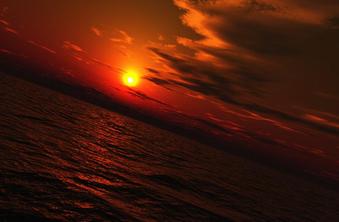Of course, the holiday wasn’t always thought of in this way. St Patrick’s Day began solely as a Christian holiday to pay tribute the patron saint and missionary to Ireland, marked by prayers for spiritual renewal and international missionaries. It became a saint’s official feast day in the early seventeenth century, but like most other religious holidays, it gradually became more secularized. The first St Patrick’s Day parade was organized by the Irish Society of Boston in 1737, with the first Ireland parade held in Dublin in 1931.
In the 1990’s the Irish government created the St Patrick’s Festival, a marketing group charged with using the holiday to promote Ireland and its culture. The first festival was held on March 17, 1996, then expanding each year. In 2009, the festival had grown to five days with an attendance of almost 700,000 people.
Read the entire The Real St Patrick article, including a short bio of the patron saint, and how his work lives on today.
[2015 Update] - This year, we're happy to report that the St Patrick's Day site is much improved. The site is more balanced between the sacred and the secular, having added a link (mostly wiki) containing some personal information on St Patrick that also includes his missionary work. In addition, there is a link to some excellent photos of some Historical Sacred sites that have been linked to the Patron Saint. Unfortunately, this is a rare exception among the many secular-only websites associated with the holiday.

No comments:
Post a Comment
We welcome your insightful opinions, but please keep them suitable for family viewing. If you are not logged in, you may post with just your name or nickname by selecting "Name/URL" and leaving the URL field blank. Thank you for your input.